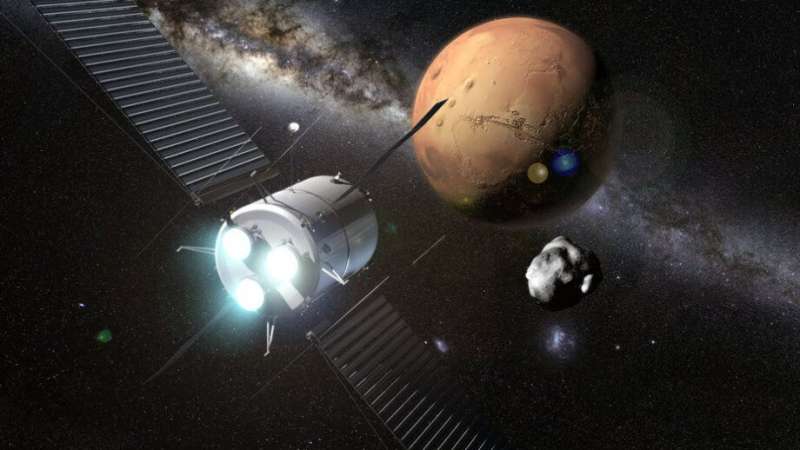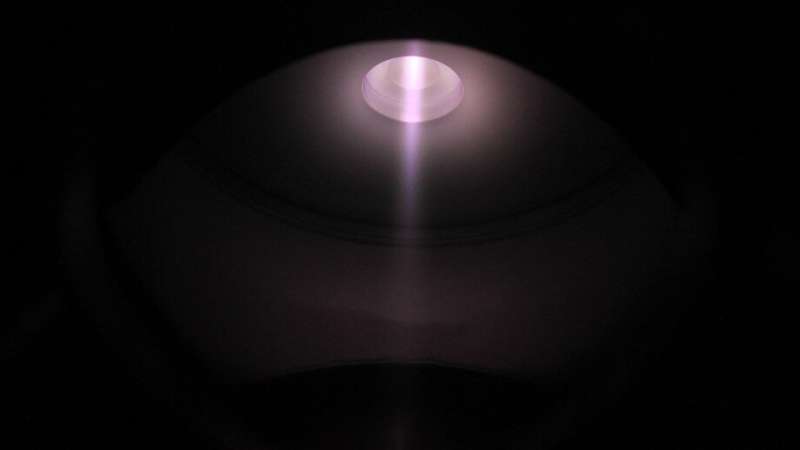Thruster research to help propel spacecraft

Faster space maneuvers and safer, more sustainable, propellants may soon be possible thanks to a new three-year partnership between The Australian National University and French propulsion company ThrustMe.
Led by the ANU Research School of Physics, the joint research program will explore how electrothermal plasmas can help advance space propulsion technology.
ANU researcher Associate Professor Cormac Corr said, "I am delighted to be able to collaborate with this vibrant new space company, enabling Australia to rapidly strengthen capability and expertise in space-related research.
"Through our combined expertise we have the know-how to push the boundaries of plasma technology into new industries."
The novel tech also comes in handy on Earth, and Associate Professor Corr is currently studying the ground-based use of electrothermal plasmas in industrial material processing and waste gas disposal applications.
Principal engineer at ThrustMe, Trevor Lafleur, said a key part of the research program would examine alternative propellants for electrothermal plasma technology—such as water, carbon dioxide and nitrogen.
"We are very happy to be able to work with a world-class institution like ANU on this exciting project. Leveraging our combined plasma physics and space expertise will help to develop innovative new plasma systems to meet emerging space-based, and ground-based, market needs."
ThrustMe is a pioneer in alternative propellants, and recently made history with the world's first in-orbit demonstration of an iodine-fuelled propulsion system based on electrostatic plasma technology.
"The right propellant is important not just for performance, but also for factors related to safety and sustainability," said Ashley Pascale, an ANU Ph.D. student working on the new project.
"My research into electrothermal plasmas at the ANU School of Physics in collaboration with ThrustMe will potentially have many interesting applications including satellite constellation deployment, rapid collision avoidance and even the simulation of space environments here on Earth to test satellite components and materials"

This partnership comes at an exciting time for Australia's space development.
ThrustMe's CEO and founder Ane Aanesland, a former ANU postdoctoral fellow said: "Australia is quickly emerging as a space nation with a flourishing ecosystem of new space companies and an excellent research infrastructure.
"We already have a foot on the ground, and our collaboration with the ANU is a first step in expanding into the Asia-Pacific region and helping to contribute to the rapidly growing Australian space industry."
Provided by Australian National University




















